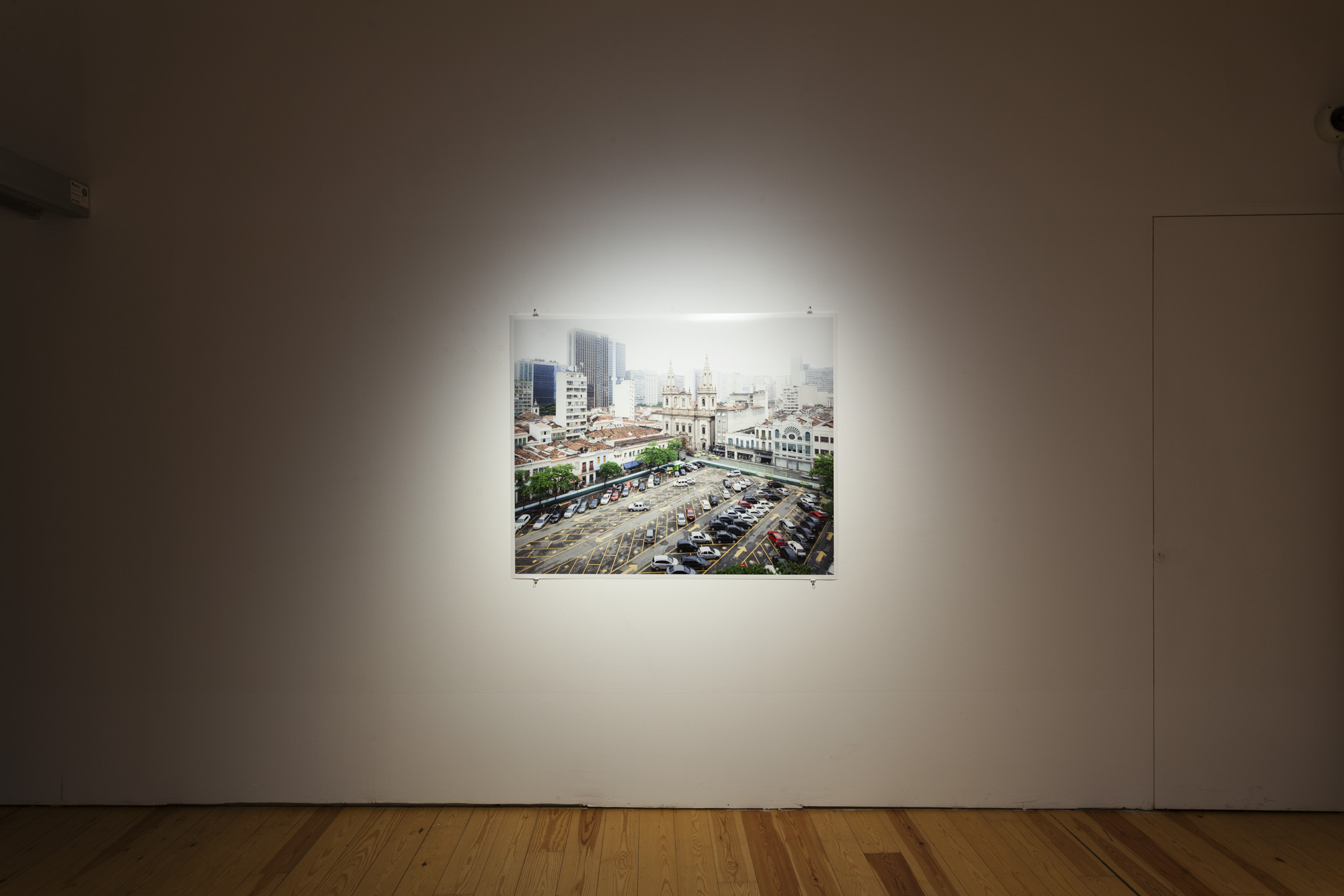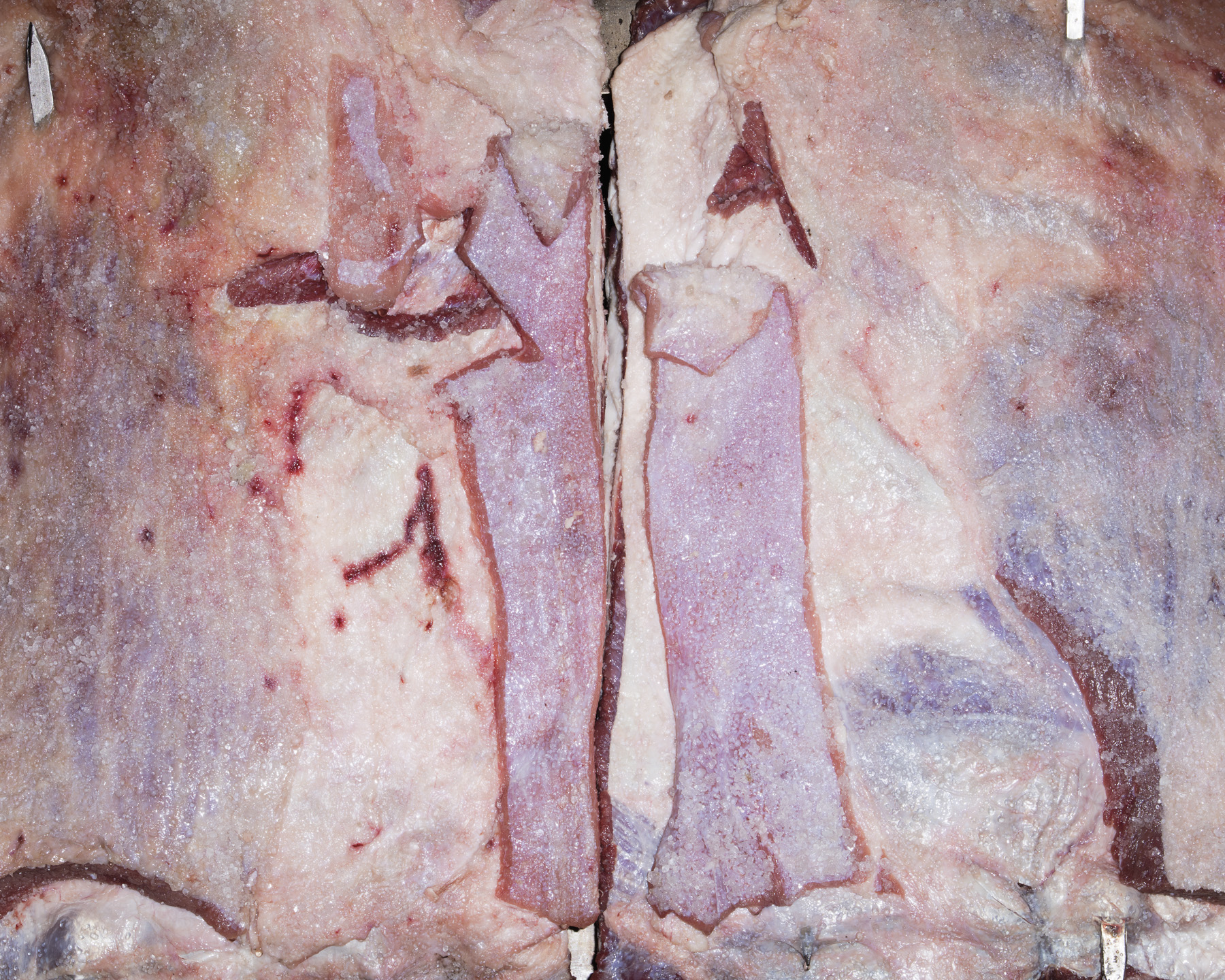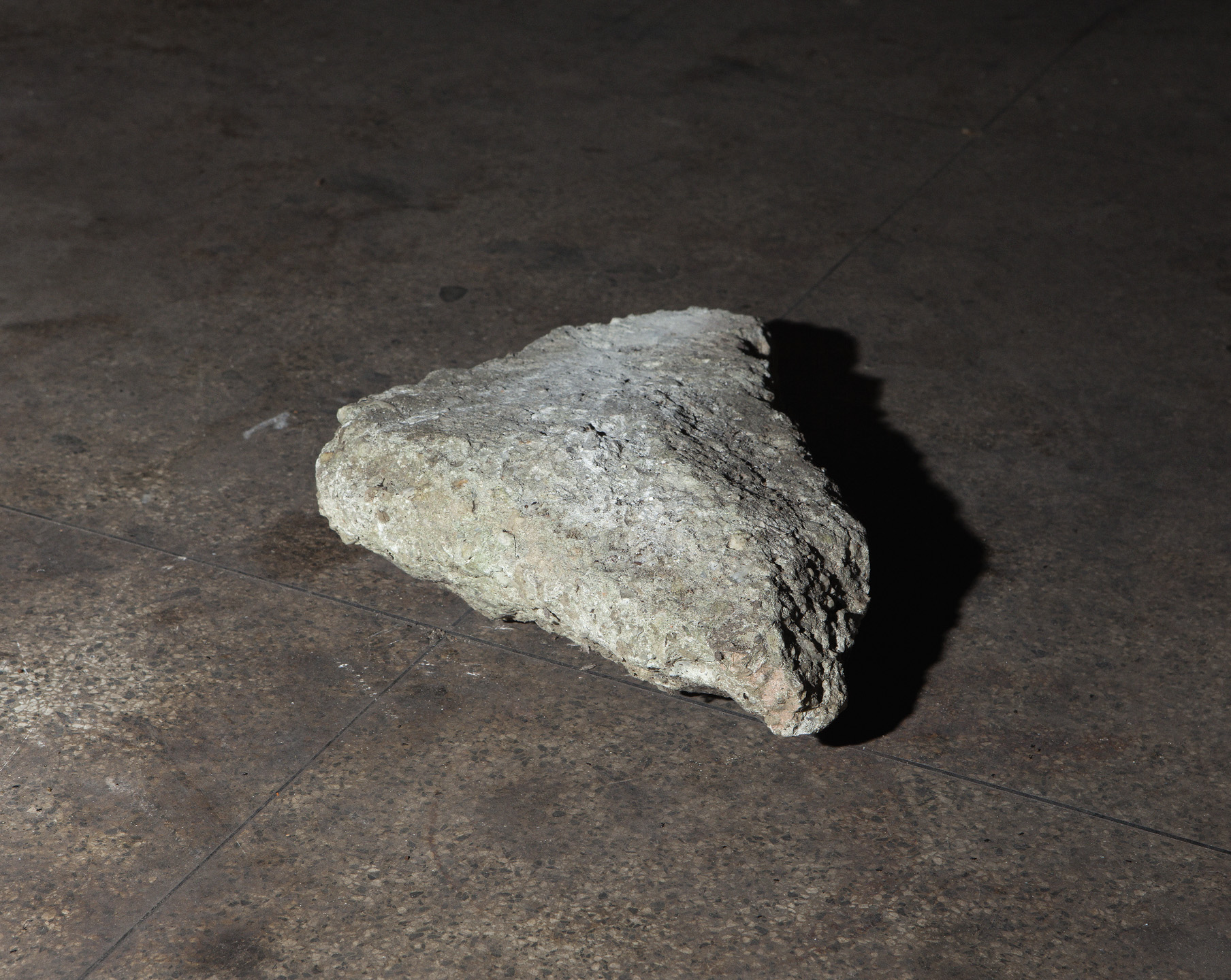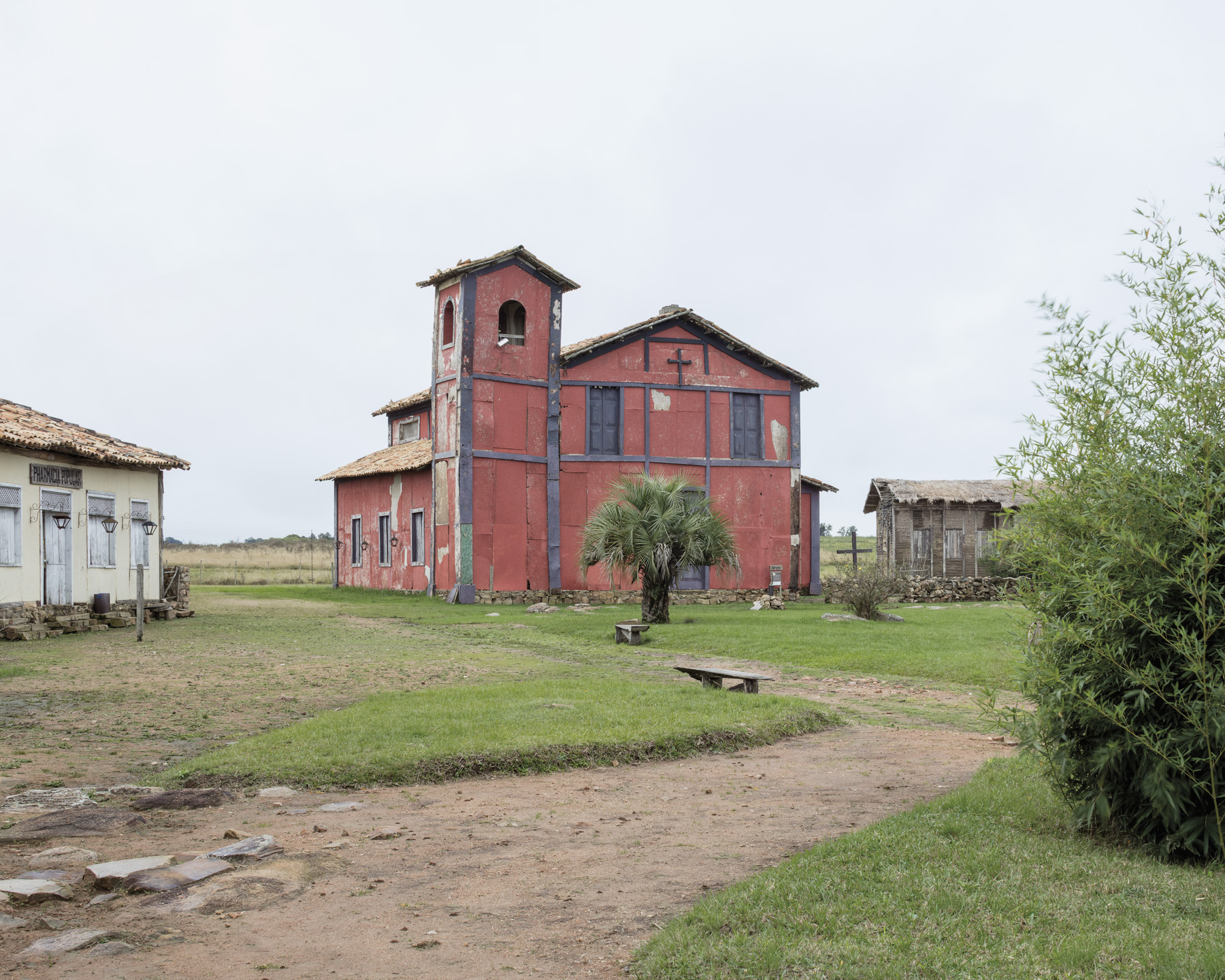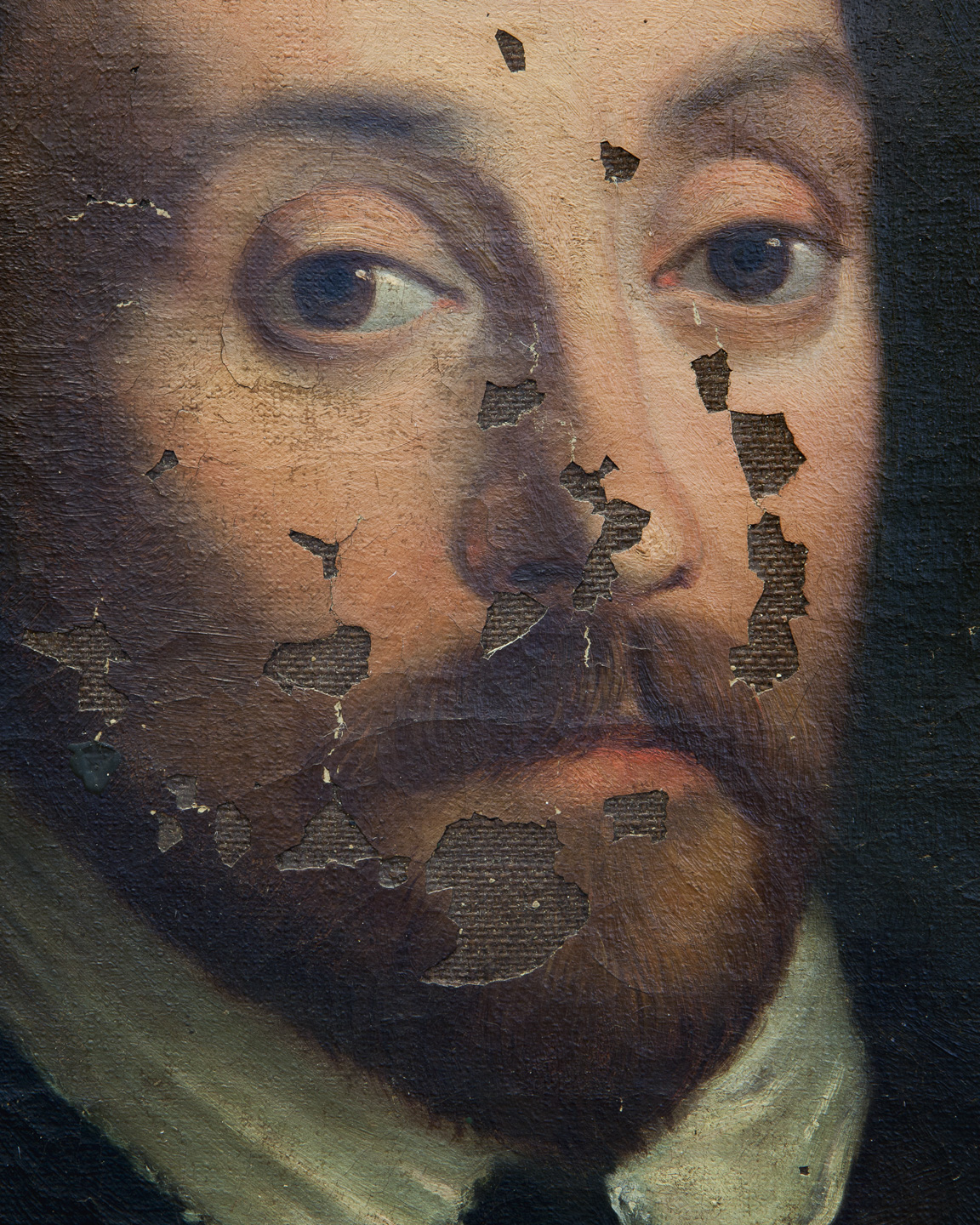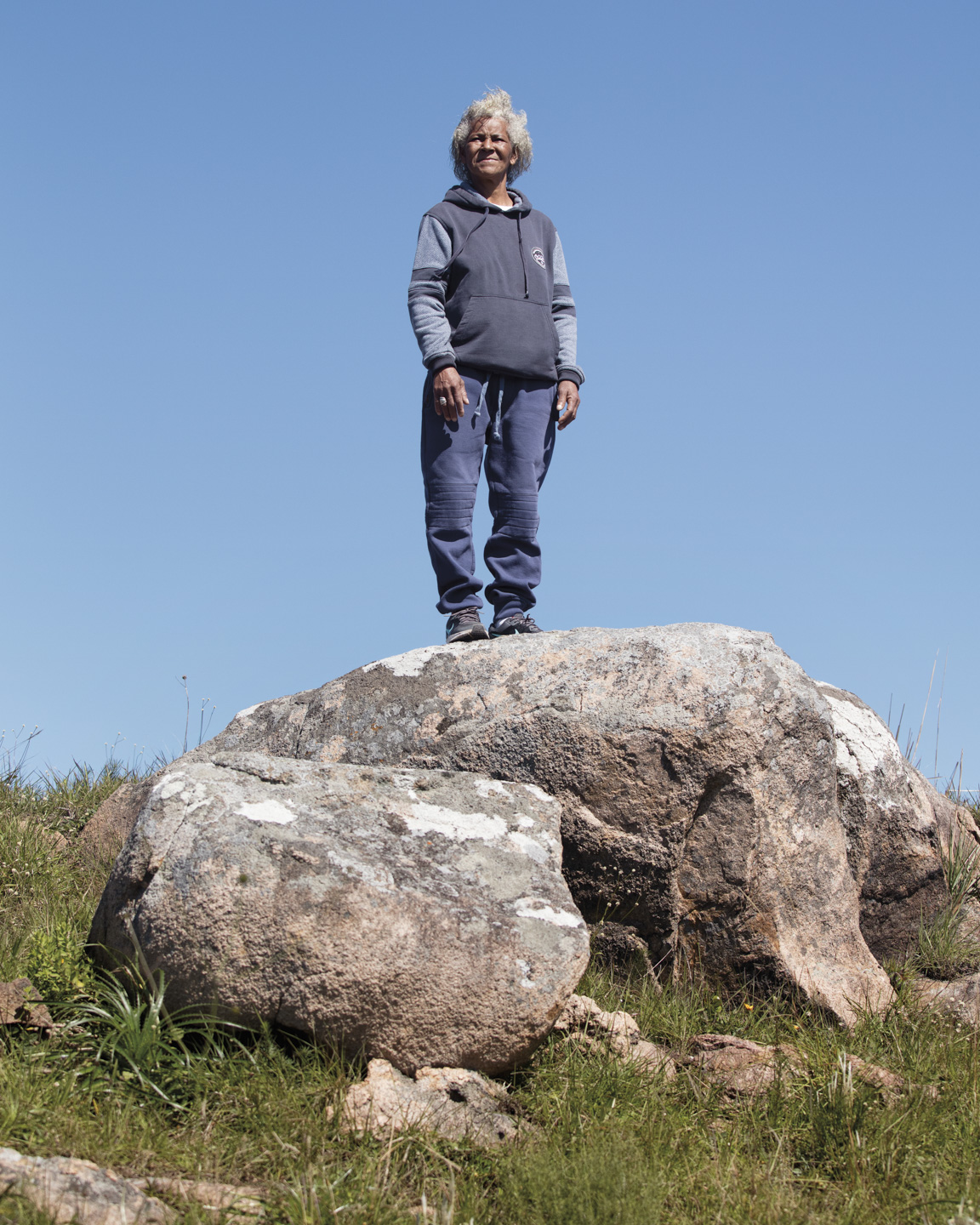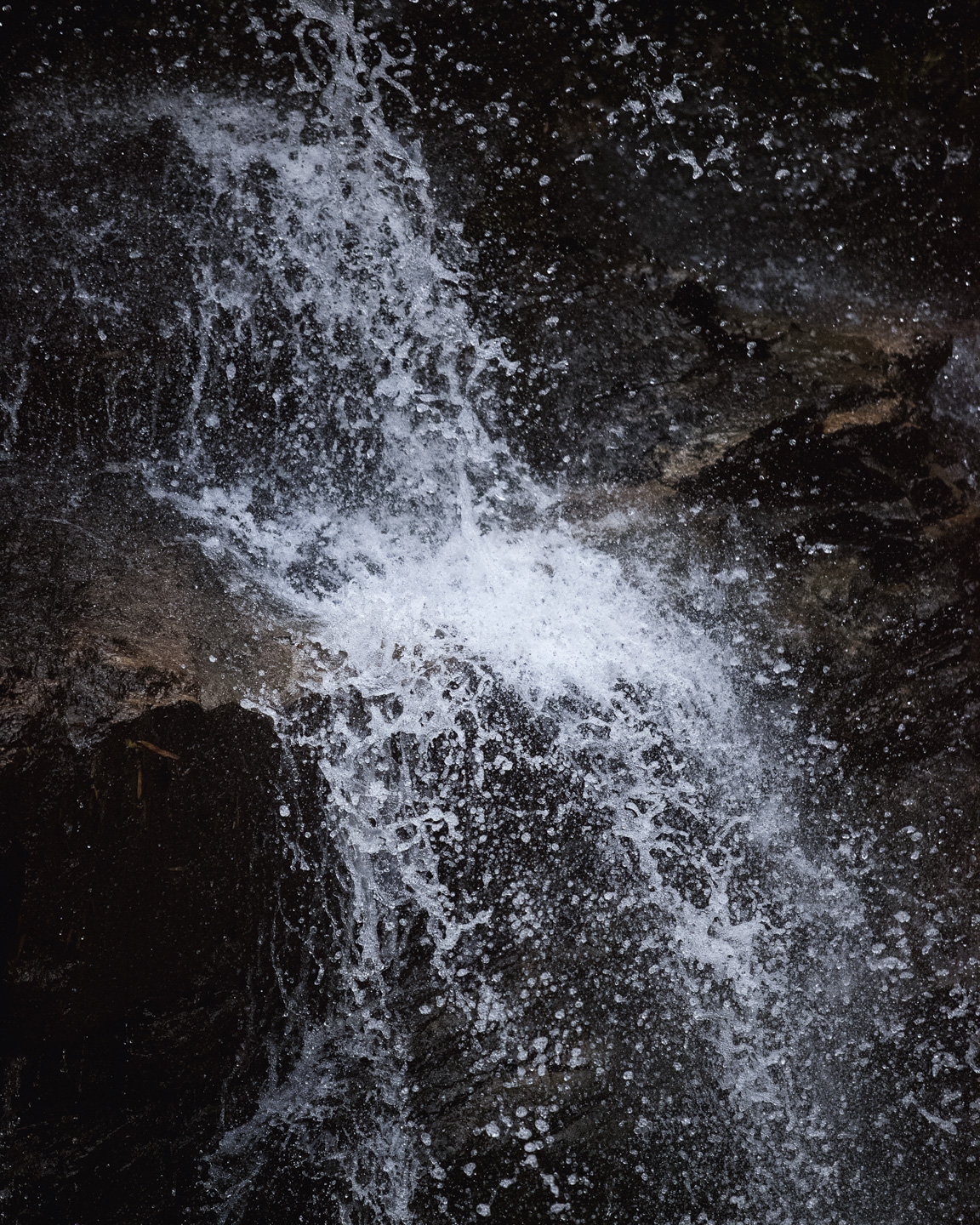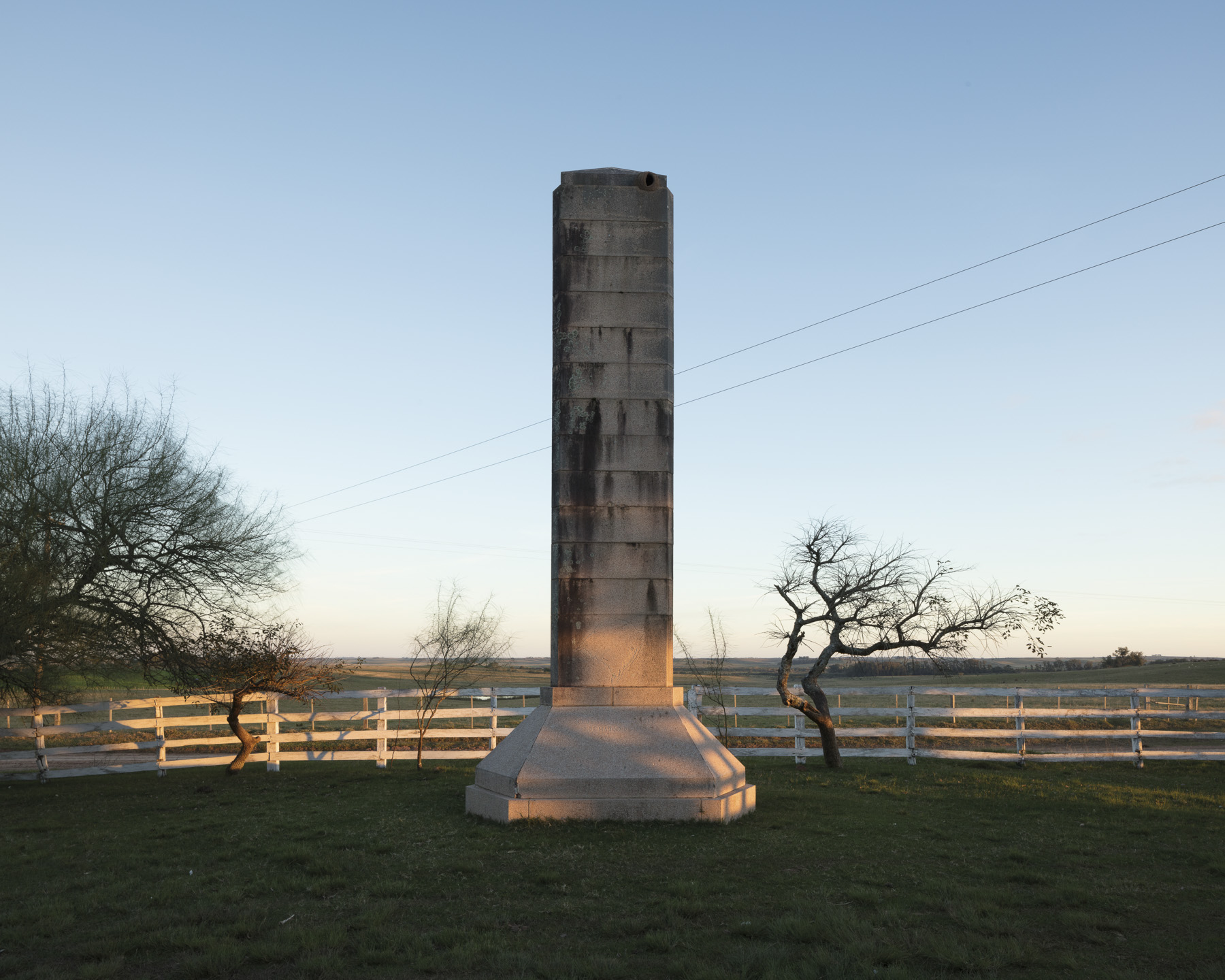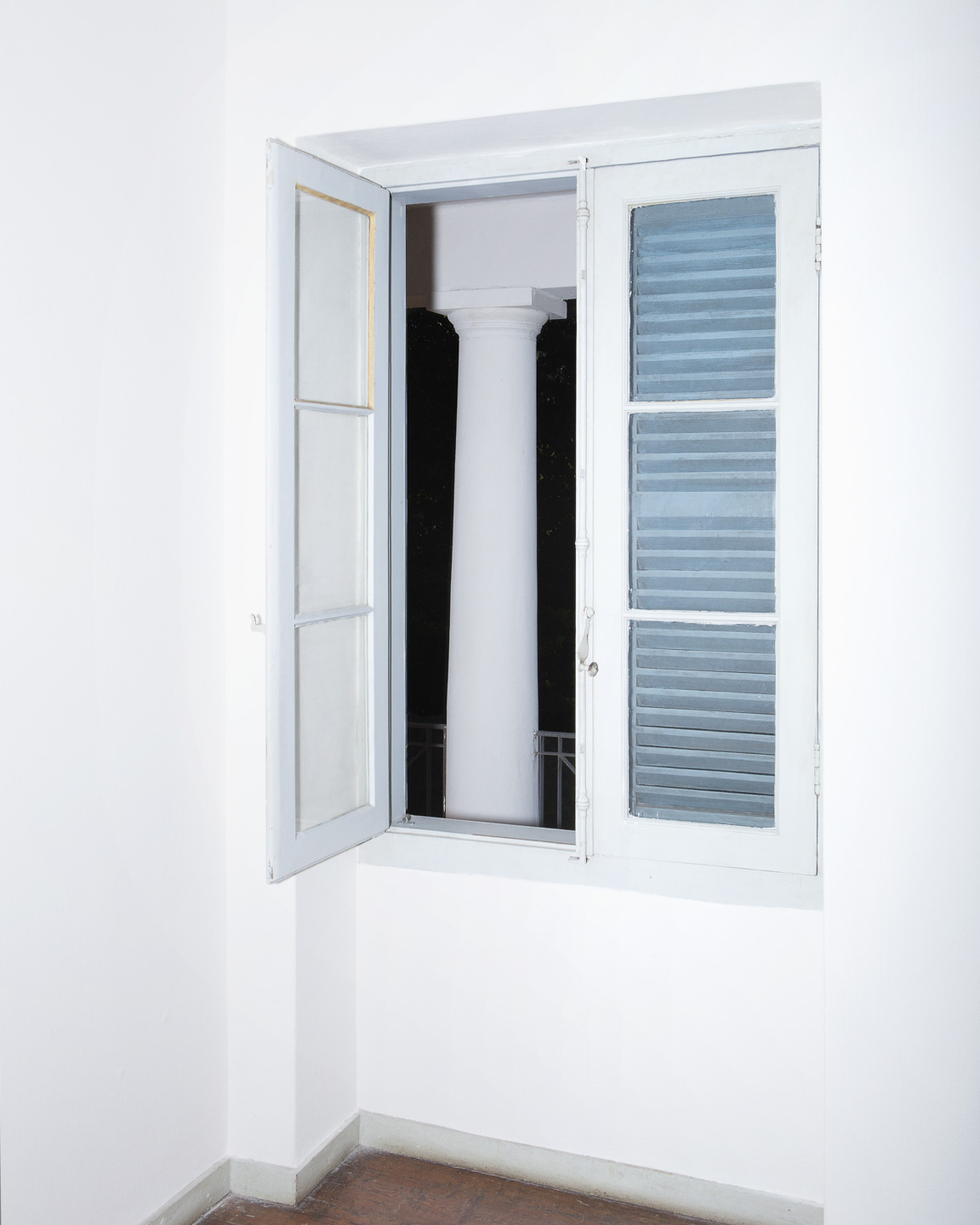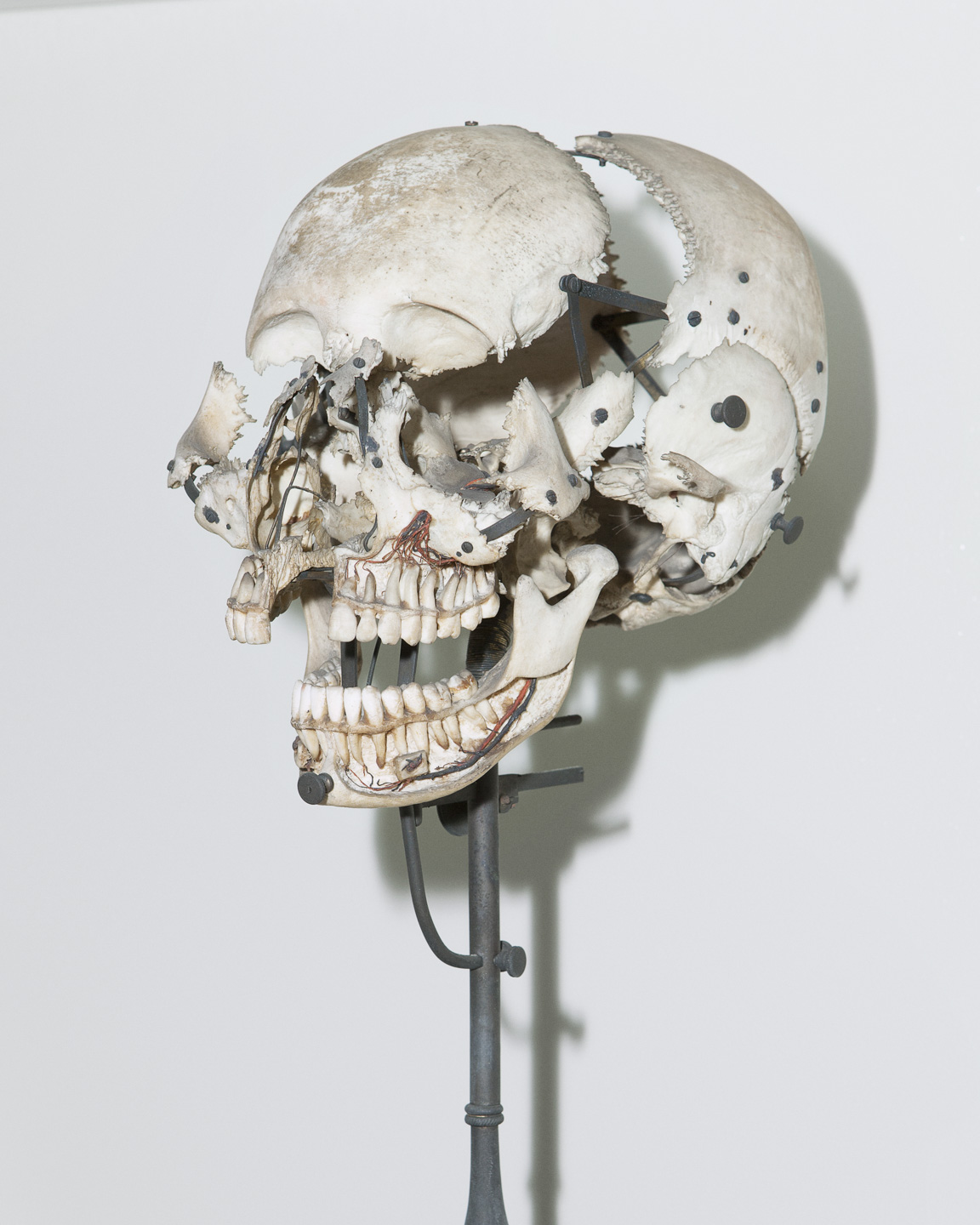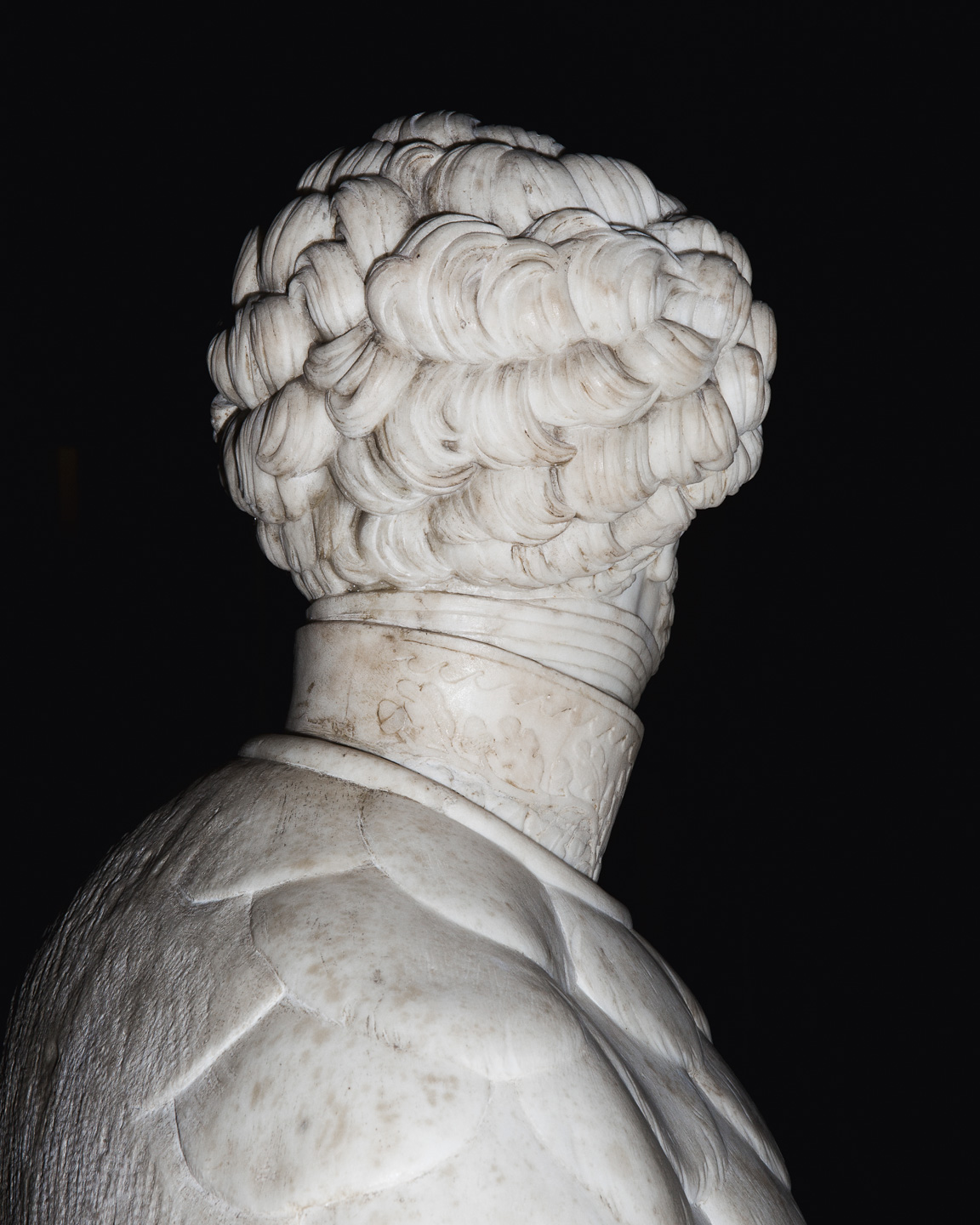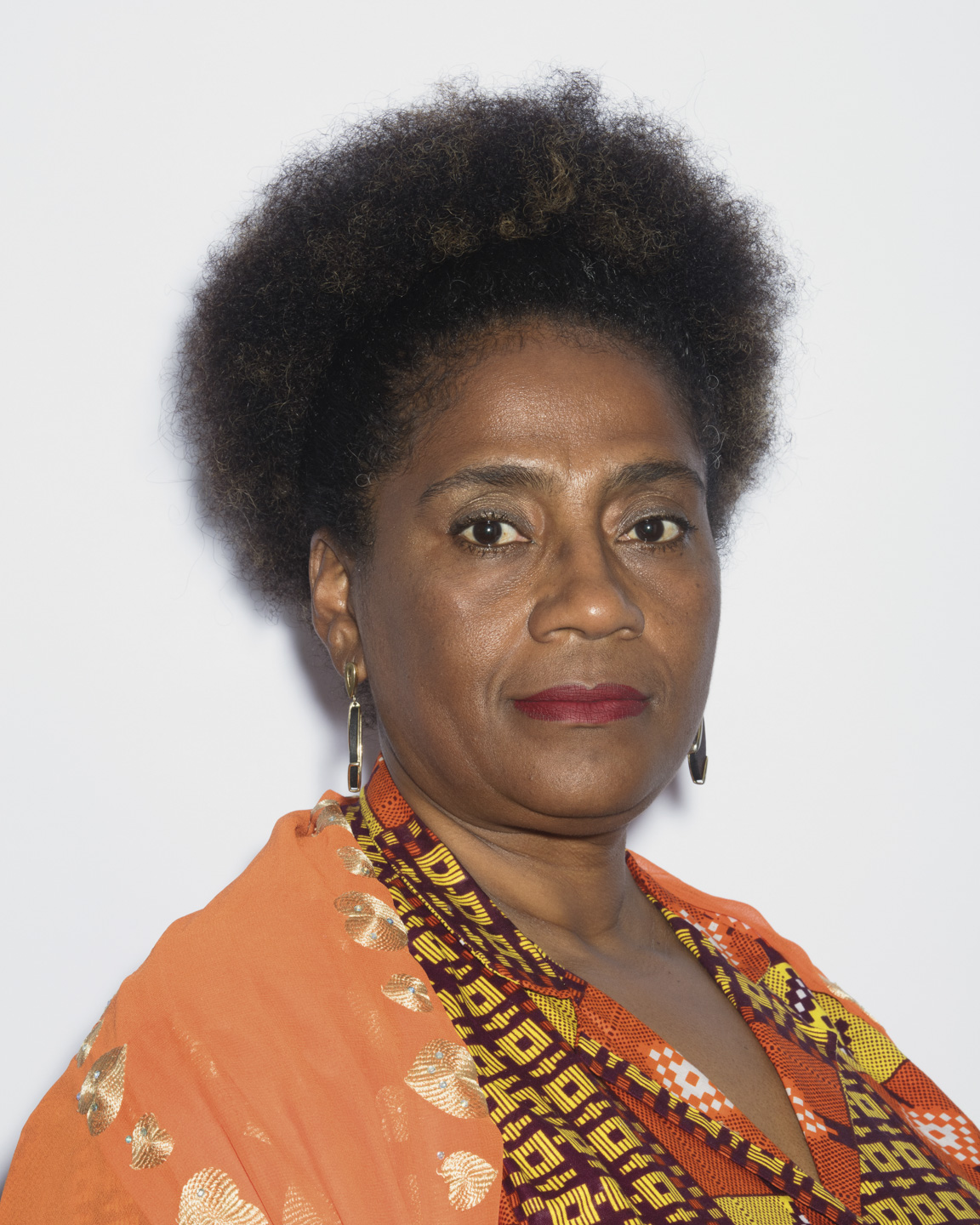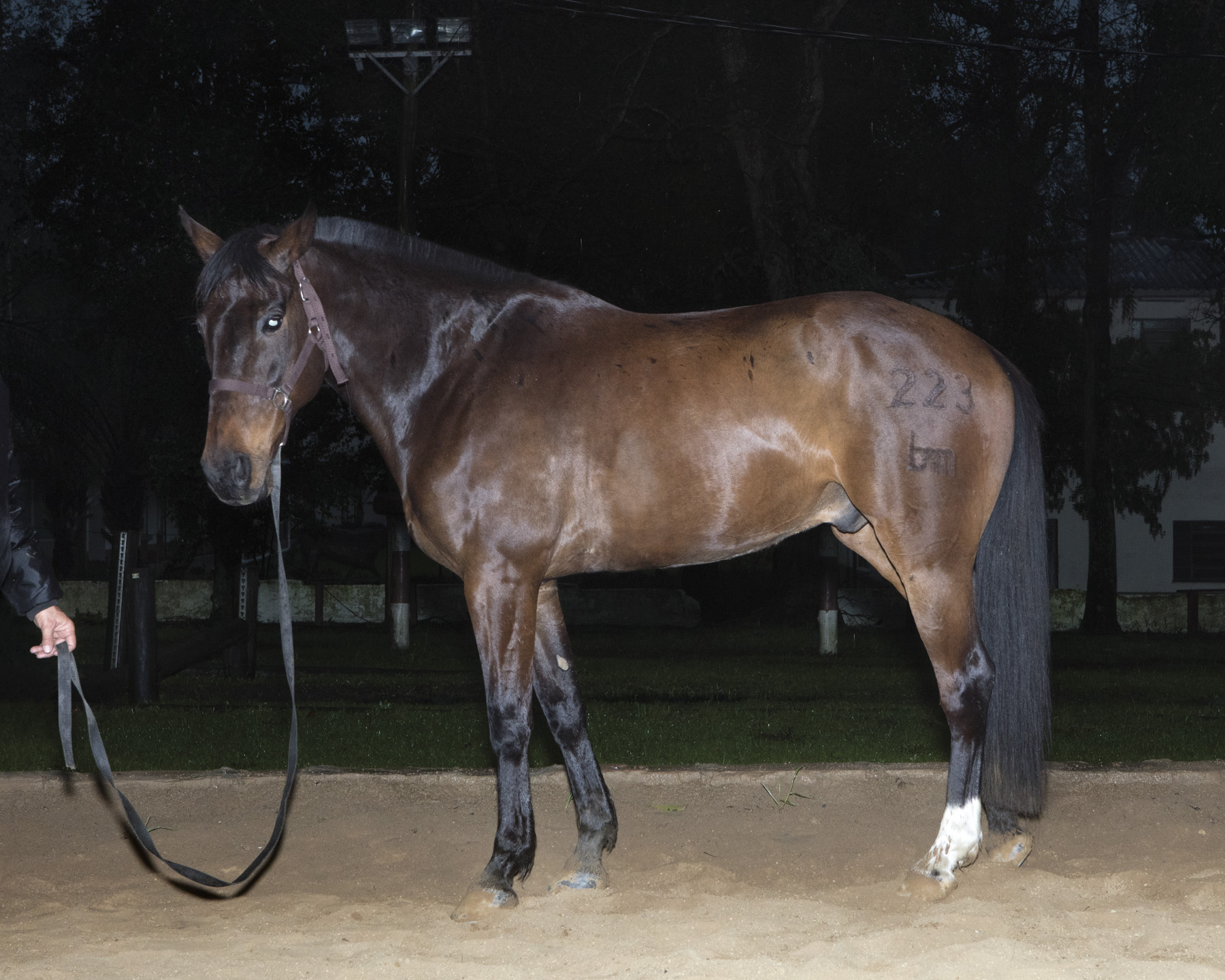La Espesura del Passado / The Thickness of the Past
La Espesura del Passado
Exposição do projeto Rastros, traços e vestígios, ocorrida no CICUS – Centro de Iniciativas Culturales de la Universidad de Sevilla -, em Sevilha, Espanha, em novembro de 2022.
Curadoria: Péricles Dias de Oliveira
Expografia: Marcos Vinícius Santos
La espesura del pasado en rastros, trazos y vestigios
Rastros, trazos y vestigios (2014 – actual) es un proyecto fotográfico de larga duración en torno al pasado de Brasil. Su autor, el artista visual André Penteado (São Paulo, 1970), recorre escenarios de acontecimientos históricos relevantes para la formación del país y busca identificar sus reverberaciones en el presente. Al distanciarse de la tradición fotográfica documental, Penteado emprende una investigación sin hoja de ruta rígida, interesándose por individuos, escenarios y los objetos más diversos, con conexiones objetivas (ruinas, monumentos) o tangenciales (el guardia de seguridad de un museo) con los sucesos históricos.
Esa apertura al presente permite al artista identificar el pasado en su polifonía, en su espesura, extrapolando los contornos propuestos por la historiografía. No obstante, estos rastros no conducen al espectador a un desenlace, a una narrativa unificadora, sino que provocan un extrañamiento que invita a la reflexión. Al adensar el pasado en el presente, volviéndolo visible y cercano –a partir de un medio también fragmentario, la fotografía–, Penteado abre una pequeña posibilidad de que nos lo adueñemos y lo podamos reasumir.
La espesura del pasado en rastros, trazos y vestigios abarca los tres itinerarios del proyecto finalizados hasta la fecha –Cabanagem (2015), Missão Francesa (2017) y Farroupilha (2020)–, cada uno de ellos concluido con la publicación de un fotolibro. Se trata de títulos homónimos a los eventos históricos que inspiran las obras: Guerra de Cabanagem (1835-1840) y Guerra de Farroupilha (1835-1845), dos conflictos armados acaecidos en las primeras décadas tras la independencia, y la llamada Misión Artística Francesa (1816), nombre por el cual se conoce al proceso de institución del modelo europeo de enseñanza de artes, iniciado con la llegada de un grupo de artistas galos a Río de Janeiro. En la exposición, la violencia de los conflictos bélicos, latente en las fotografías, se mezcla con la violencia del espejo colonial, responsable de una autoimagen nacional construida desde y para Europa.
La obra de Penteado se une a la de un nutrido grupo de artistas contemporáneos que se proponen revisitar el pasado en contextos marcados por la emergencia de memorias marginadas. En el caso brasileño, tras más veinte años de Dictadura Militar (1964-1985), esa reescritura del pasado desde el arte pone de manifiesto los conflictos, olvidos y desechos de una historia tradicionalmente presentada como armoniosa. La precariedad que permea las imágenes del artista señala a la amalgama social producida por los más de 300 años de esclavitud, a los rastros, trazos y vestigios de un pasado que apenas empieza a ser elaborado, y cuyos herederos comienzan a hacerse oír.
Péricles Dias de Oliveira, comisario
The Thickness of the Past
Exhibition of the project Trails, Traces and Vestiges, held at CICUS – Centro de Iniciativas Culturales de la Universidad de Sevilla -, in Seville, Spain, in November 2022.
Curator: Péricles Dias de Oliveira
Expography: Marcos Vinícius Santos
The density of the past in trails, traces and vestiges
Trails, traces and vestiges (2014 – present) is a long-term photographic project about Brazil’s past. Its author, visual artist André Penteado (São Paulo, 1970), travels through scenarios of historical events relevant to the formation of the country and seeks to identify their reverberations in the present. Distancing himself from the documentary photographic tradition, Penteado undertakes an investigation without a rigid roadmap, engaging with individuals, landscapes and the most diverse objects, with objective (ruins, monuments) or tangential (a museum security guard) connections to historical events.
This openness to the present allows the artist to identify the past in its polyphony, in its density, extrapolating the contours proposed by historiography. However, these trails do not lead the viewer to a clear outcome, to a unifying narrative. Rather, they provoke an estrangement which calls for careful consideration. By contemplating the past in the present, making it visible and close to us -through a medium that is also fragmentary, -photography-, Penteado opens up a small possibility for us to take it over and reassume it.
The density of the past in trails, traces and vestiges covers the three itineraries of the project completed to date –Cabanagem (2015), Missão Francesa (French Mission) (2017) and Farroupilha (2020) – each of them concluded with the publication of a photobook. These are homonymous titles to the historical events that inspire the works: the Cabanagem War (1835-1840) and the Farroupilha War (1835-1845); two armed conflicts that occurred in the first decades after independence, and the so-called French Artistic Mission (1816), the name by which the process of instituting the European model of arts education is known, initiated by the arrival of a group of Gallic artists in Rio de Janeiro. In the exhibition, the violence of belligerent conflicts, latent in the photographs, is mixed with the violence of the colonial mirror, responsible for a national self-image constructed by and for Europe.
Penteado’s work joins that of a large group of contemporary artists who propose to revisit the past in contexts marked by the emergence of marginalized memories. In the Brazilian case, after more than twenty years of military dictatorship (1964-1985), this rewriting of the past through art has brought to light the conflicts, oblivion and debris of a history traditionally presented as harmonious. The precariousness that permeates the artist’s images points to the social amalgam produced by more than 300 years of slavery, to the trails, traces and vestiges of a past that is just starting to be elaborated, and whose heirs are beginning to make themselves heard.
Péricles Dias de Oliveira, curator














